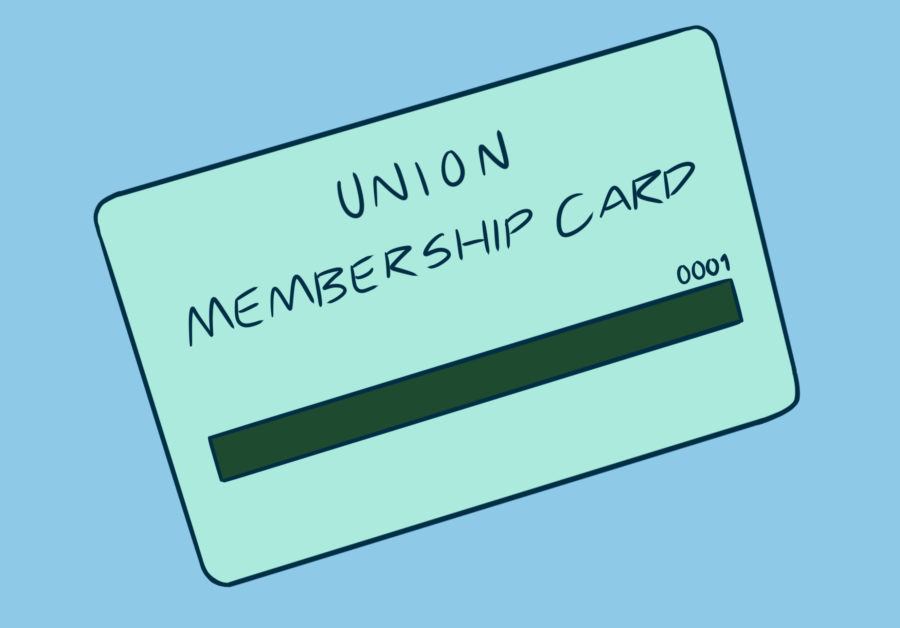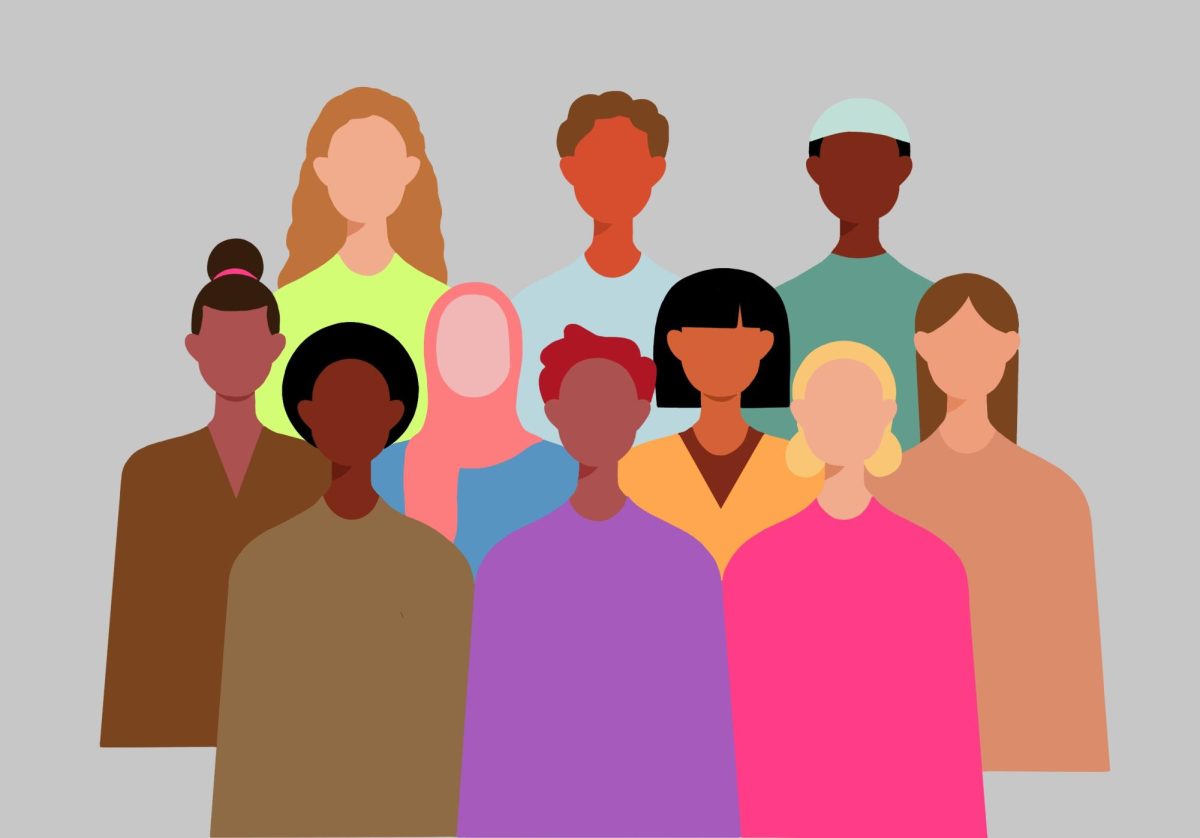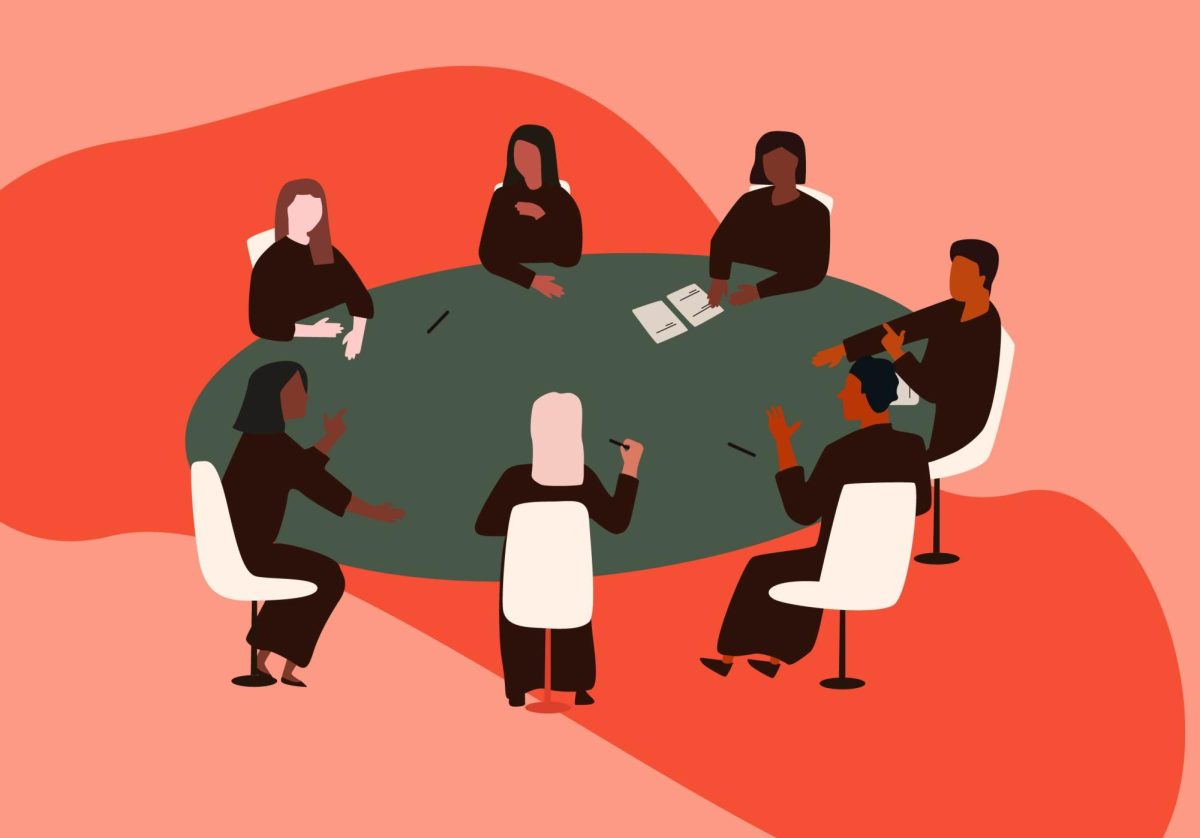Following a burst of national labor organizing during the pandemic, graduate student unionization is now having its own moment.
Since the beginning of the year, graduate student workers at the University of Chicago, Temple University, Rutgers University, Yale University and Johns Hopkins University have all taken major steps toward unionization or negotiating contracts with their universities. In fall 2022, 48,000 graduate student workers at University of California schools went on strike for nearly six weeks. It was the largest-ever higher education strike in U.S. history.
Last week, the Minnesota Daily reported that graduate labor organizers at the University, after collecting almost twice as many signatures as they initially needed, have filed with the Minnesota Bureau of Mediation Service (BMS) to hold an election.
Yusra Murad is a first year Ph.D. student in Health Services Research, Policy and Administration. Like me, she knew she wanted to join a union even before she arrived at the University.
“I have never been part of a union in any of the places that I have worked,” she said.
But, she continued, “I have been acutely aware of working conditions, which I know would have been improved by the presence of a union.”
Given her past experiences, Murad said the presence of a union or unionizing efforts were factors when she was thinking about which university to attend.
Graduate student workers share the demands of those in myriad industries: higher pay, better working conditions and improved benefits. But graduate unions are poised to offer broader, more intentionally anti-racist and inclusive change if they choose.
Murad said the homogeneity she sees in academia is one of her main motivators for unionizing.
“[I see] so many people who would be really exceptional graduate workers and researchers don’t have access to grad school because of the low pay and the poor working conditions,” Murad said. “I think that having a union is a starting point. It’s not the only thing that would make that shift happen, but it’s definitely a place to begin.”
Murad’s graduate program in Health Services Research, Policy and Administration is 63% white, an improvement from the University-wide 73% white. The knee-jerk reaction to these statistics is obvious: we can do better in recruiting diverse applicants.
But I pose an alternate interpretation: only 27% of graduate students at the University are people of color. How can we justify recruiting and exploiting more?
It isn’t enough to want more diverse voices in academia. Academic work — because graduate students are expected to teach, research and publish as they study — needs to be more than diverse. It needs to be fairly compensated labor that provides a sustainable quality of life for the worker.
“[I think about] how my life might change in the next few years and the reality that graduate school is just not supportive to life changes that happen for all of us,” Murad said.
“I feel completely unprepared, for example, if I have a medical emergency or if somebody in my family dies and I need to leave work for a few weeks or a few months,” she said. “I don’t know what that would look like. I know there’s no guarantees for me in terms of a contract and actual guaranteed accommodations.”
Right now, protections for academic workers are decided by chance and the goodwill of faculty.
Murad said she has a supportive advisor and a good research assistantship. She has faith that both would work with her to find a solution to any obstacles that might come up in her life, but she knows this is a matter of luck.
“It shouldn’t be up to good fortune,” she said. “It shouldn’t be the case that I feel blessed that I have access to faculty who are supportive but that there are coworkers and colleagues of mine across the University who by no fault of their own just got dealt a set of different cards. It’s completely inequitable and unfair.”
Graduate education is a serious financial burden. At best, it is a period of two to six (or more) years during which a student is economically unstable, unable to put away savings and often working side jobs or living off of prior earnings. For the many students who can’t get their education covered by a patchwork of fellowships, grants and assistantships, a graduate education means going into thousands of dollars of debt.
In 2022, the Minnesota Department of Employment and Economic Development calculated the average basic-needs cost of living in each county in the state. For a single person with no children, the annual cost of living in Hennepin County was $37,025. The current average annual salary for half-time graduate assistant appointments is only $23,000.
These hardships weigh heaviest on low-income and BIPOC students as well as students with disabilities. They also disproportionately impact international students, who are ineligible for many forms of financial aid, and students with children, who often lack affordable child care.
The Graduate Labor Union’s platform, listed on their website, calls for comprehensive benefits that include improved health care coverage and employer subsidization of family premiums, affordable child and paid parental leave, access to employer-sponsored retirement plans and affordable transportation. They also call for higher pay, lower fees, anti-discrimination and anti-harassment policies, improved grievance procedures and more.
These are all demands that, if met, could radically improve academic work. They could make graduate education and labor accessible to the marginalized people we want to see in academia.
Of course, this is not a guarantee. There is not yet officially a union. The process of negotiating a contract with the University will reveal what both sides are willing to compromise for the sake of an agreement. It’s entirely possible that an increase in benefits will require workers to accept their low wages, or that affordable child care will be named an unnecessary expense. It will require firm commitment from members of the bargaining unit and the negotiating team to prioritize our most marginalized community members.
But, Murad is optimistic.
“Of course it’s gonna be hard,” she said of negotiations on the horizon. “But, I don’t see that as something that feels like an obstacle. It’s more like — I would way rather have the challenge of working with my colleagues to negotiate a contract that works for us than have the challenge of not having a contract at all.”






















